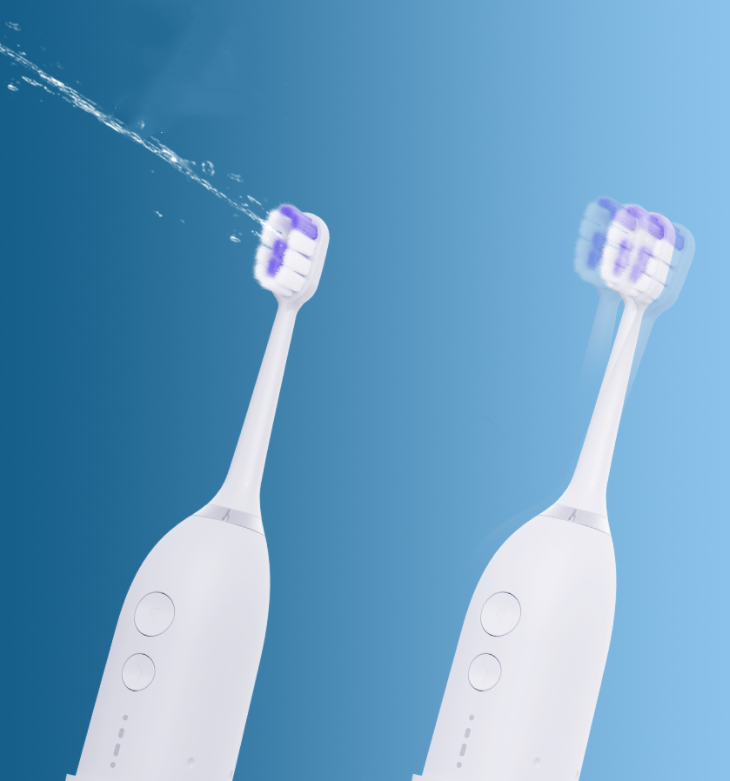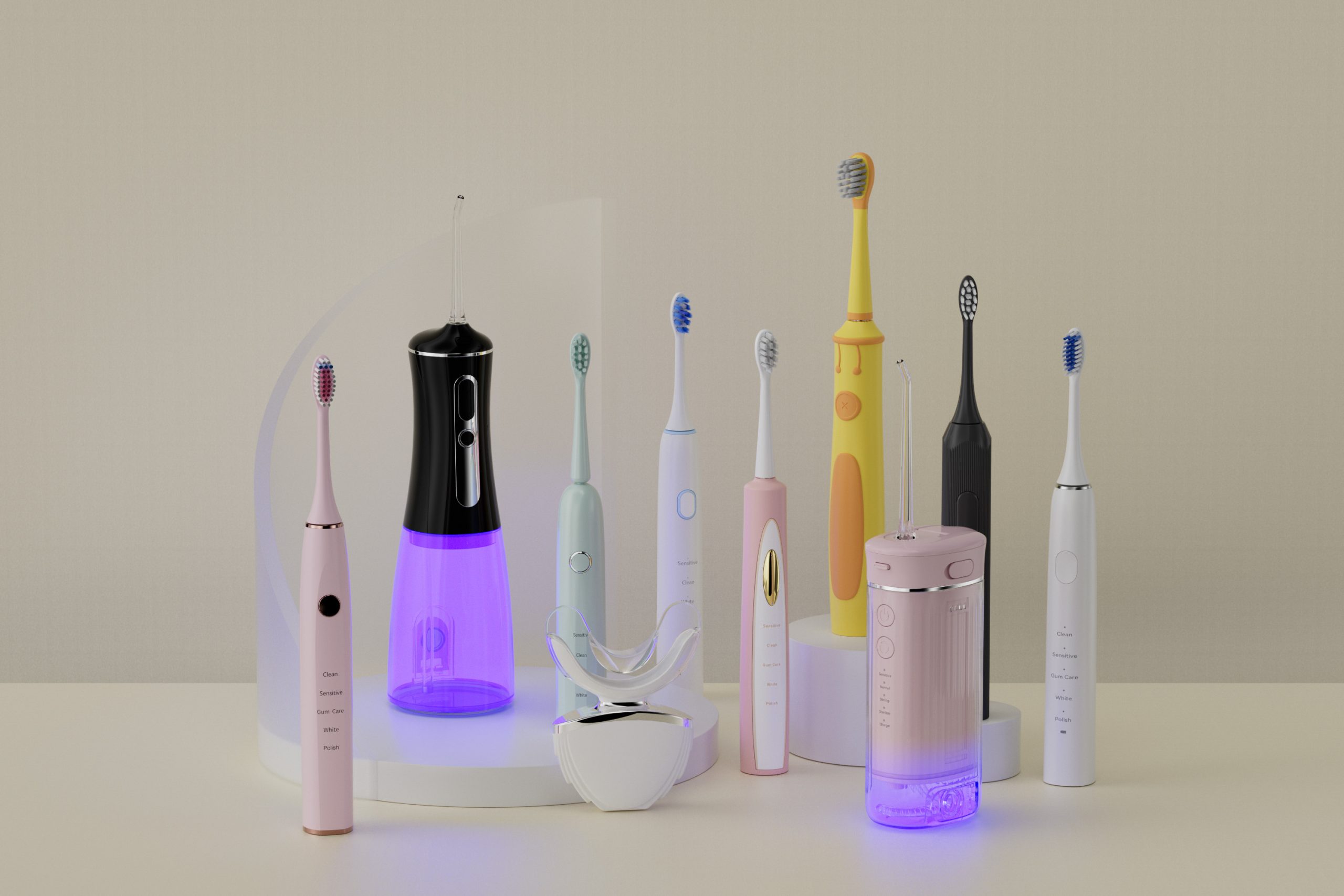Promotions drive traffic, but service drives trust. This post explains how retailers and OEM/ODM partners can structure Chicago Black Friday offers so the incremental margin and funding mechanisms reliably cover downstream Chicago toothbrush repair costs—without eroding profit or customer experience.
Black Friday in Chicago typically compresses months of demand into days. Therefore, promo math must anticipate higher unit volume and a proportional lift in warranty/service exposure. In practice, a Chicago Black Friday bundle (handle + heads) should:
To know if deals can cover service, itemize the full repair burden:
Structure the promo so service stays solvent:
Rule of thumb: set reserve R to meet or exceed expected repair expense per unit:
Expected repair cost per unit = f × c
Where f = failure/repair rate during coverage window; c = average (parts + labor + logistics) per repair.
Translate the math into a frictionless process:
Operational readiness keeps costs predictable:
Let’s validate feasibility with a simple example.
Assumptions (illustrative):
Expected repair cost per unit = 0.025 × 24 = $0.60
Coverage check: R ($1.00) ≥ $0.60 ✔
Effective margin after expected repairs ≈ $4.00 − $0.60 = $3.40 per unit (the unspent $0.40 of reserve returns to margin at period close).
Track these KPIs:
To ensure Chicago Black Friday promotions comfortably cover Chicago toothbrush repair costs:
Want a plug-and-play spreadsheet (inputs for f, c, discount depth, and reserve; plus a dashboard for SLA and margin after service)? I can generate it so your teams can simulate scenarios before locking the Black Friday circular. Contact us
.jpg)
-1024x1024.jpg)
.jpg)
Which Electric Toothbrush is Best for Kids in Chicago?
Best Electric Toothbrush for Kids in Chicago
.jpg)
Chicago holiday deals on a Chicago subscription toothbrush — worth it?

ADA-Certified Electric Toothbrush Suppliers in Chicago – Compliance & Customization

Do Black Friday Deals Boost Electric Toothbrush Sales in Chicago?
Downtown Chicago Electric Toothbrush Repair Services

Is an Electric Toothbrush Subscription Profitable in Chicago?
.jpg)
Where to Repair Electric Toothbrushes in Downtown Chicago?
Chicago Black Friday: Best Electric Toothbrush Deals
.jpg)
Need Chicago repair service during Chicago holiday deals?

Why choose a Chicago kids toothbrush for your Chicago family toothbrush setup?
.jpg)
Chicago dental toothbrush broken? Fast Chicago downtown repair options

Top Chicago-Based Kids’ Electric Toothbrush Manufacturers for Safe & Fun Designs
ADA Approved Electric Toothbrush Chicago
.jpg)
sonic electric toothbrush Chicago
.jpg)
Why Choose ADA Approved Electric Toothbrush in Chicago?

electric toothbrush heads Regular Clean

electric toothbrush heads Deep Clean

Electric toothbrush heads Charcoal Infused-Diamond

Private Label Whitening Gel
.jpg)
Florida Electric Toothbrush – Powsmart PTR-C8

electric toothbrush heads Charcoal Infuse-Round

electric toothbrush heads Ultra Soft

Customization Teeth Whitening Gel
whstapp
whstapp
National Toll-Free Service Hotline
+86 755 86238638